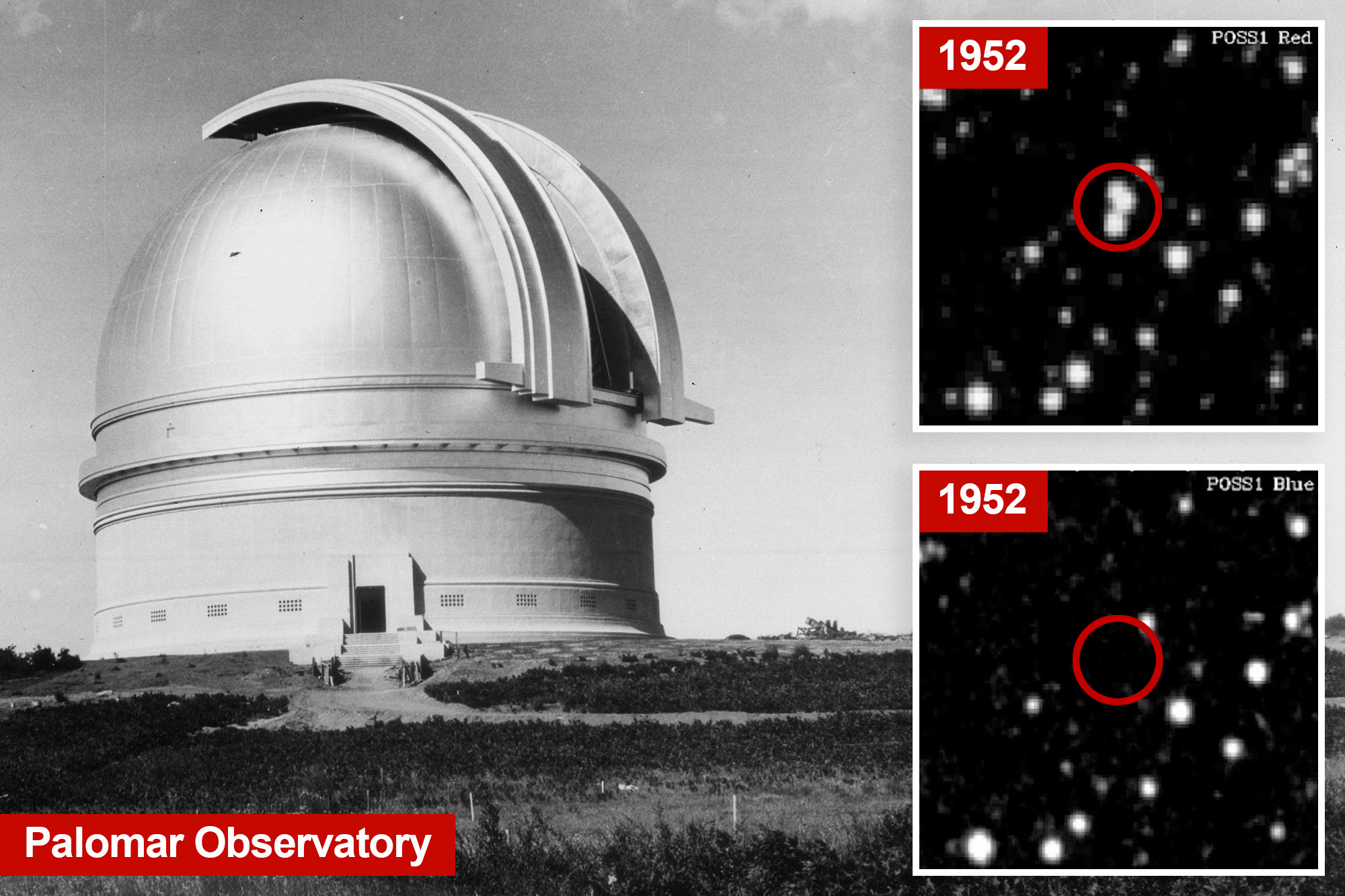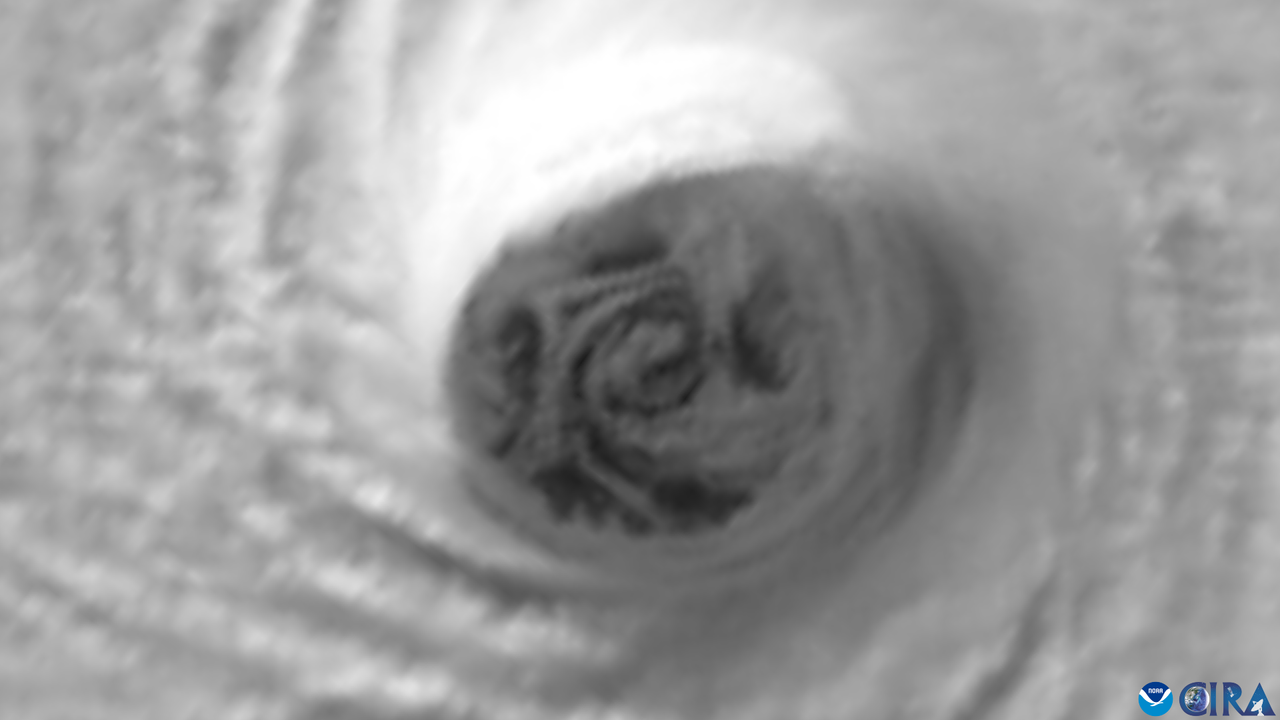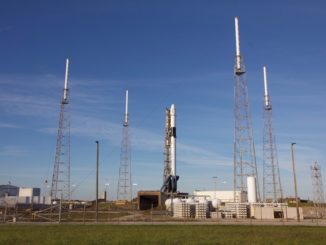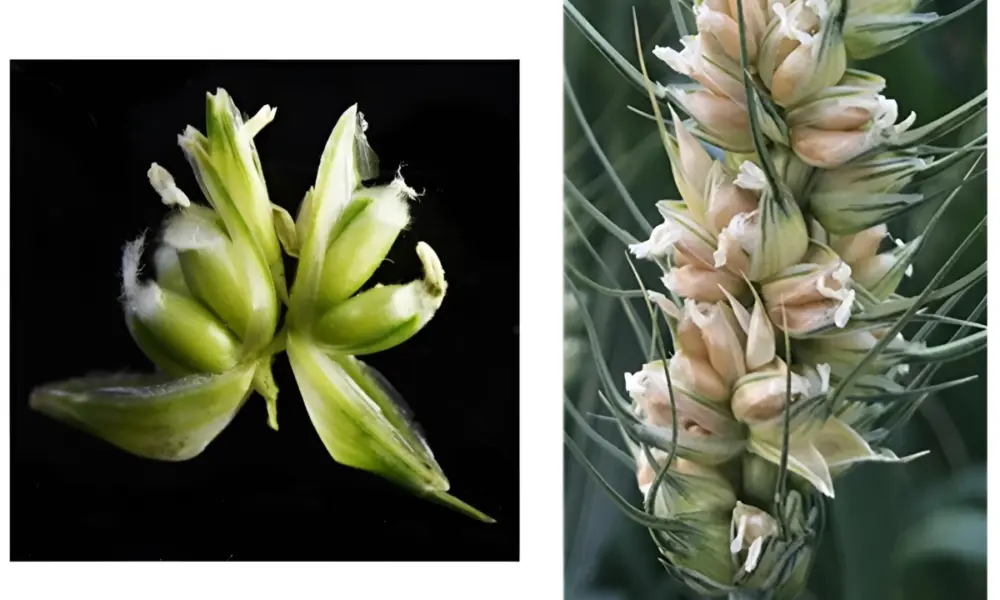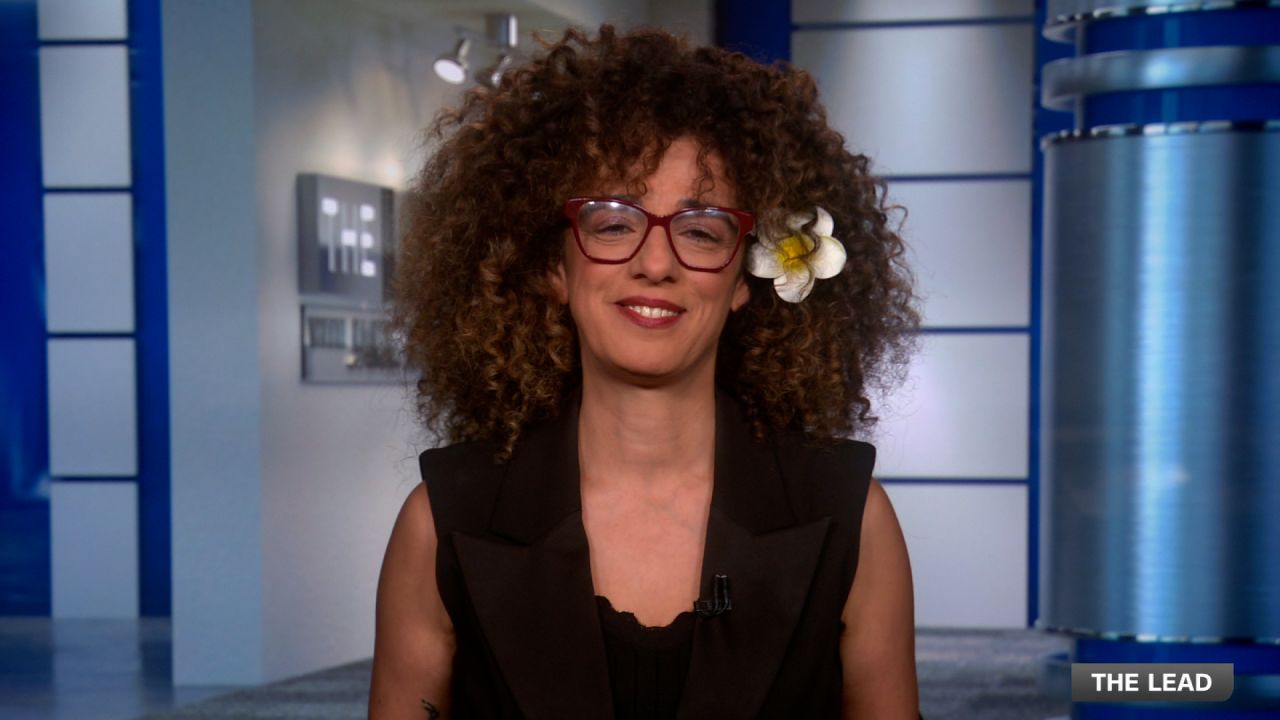Recent studies have unveiled the presence of potential unidentified flying objects (UFOs) in photographs taken during the 1950s. In a pair of peer-reviewed scientific papers, astronomer Beatriz Villarroel from the Nordic Institute for Theoretical Physics suggests that these images may contain “transients” — fleeting star-like objects of unknown origin. The findings have sparked intrigue among astronomers and UFO enthusiasts alike.
The research focused on roughly 2,000 photographic plates taken between **1949 and 1958** at the Palomar Observatory in California, which were part of one of the earliest detailed astronomical surveys, known as the Palomar Sky Survey. Notably, these images were captured before any man-made satellites were in orbit, making them significant for understanding unexplained aerial phenomena.
In the papers published on **October 17** and **October 20**, Villarroel posits that some of these transients could represent unidentified aerial phenomena (UAP) potentially entering Earth’s atmosphere. She emphasizes a “small positive correlation” between UAP sightings and these transients, which appears to be statistically significant. Villarroel states, “We speculate that some transients could potentially be UAP in Earth orbit that, if descending into the atmosphere, might provide the stimulus for some UAP sightings.”
Utilizing machine learning and imaging processing techniques, the researchers identified approximately **107,000 transient lights** captured on these plates. While some were attributed to errors or aberrations, a substantial number remain unexplained. Villarroel’s analysis indicates that these transients may correspond to notable UFO sightings and periods of nuclear testing.
Historical Context and Correlations with Nuclear Testing
One particularly notable instance occurred on **July 19 and 27, 1952**, coinciding with the infamous Washington DC UFO Incident, where numerous reports of flying saucers flooded in during that time. The UFO sightings from this period remain unresolved, adding another layer of intrigue to Villarroel’s findings.
Moreover, the research indicates that transients were **45% more likely** to appear on dates within 24 hours of nuclear tests. The last recorded transient associated with a nuclear testing window occurred on **March 17, 1956**, shortly after the Joe 21 nuclear test conducted in Russia, as noted in research from the University of Columbia.
Villarroel and her team also observed multiple transients aligned in a straight line across a single photographic plate, an occurrence she claims is unlikely to happen due to known natural phenomena. The implications of these findings suggest a potential link between UAP sightings and nuclear weapons testing, raising questions about the nature of these unexplained objects.
Implications for Future Research
The papers conclude that the observations support a speculative hypothesis connecting transients to both nuclear testing and reports of UAPs. Villarroel’s work underscores the need for further investigation into these historical photographs, which may hold answers to long-standing questions about UFO sightings.
As scientists and researchers continue to explore these intriguing possibilities, the intersection of astronomy, historical events, and the question of extraterrestrial life remains a captivating subject for inquiry. The implications of these studies could pave the way for new understandings of both our universe and the phenomena that inhabit it.

